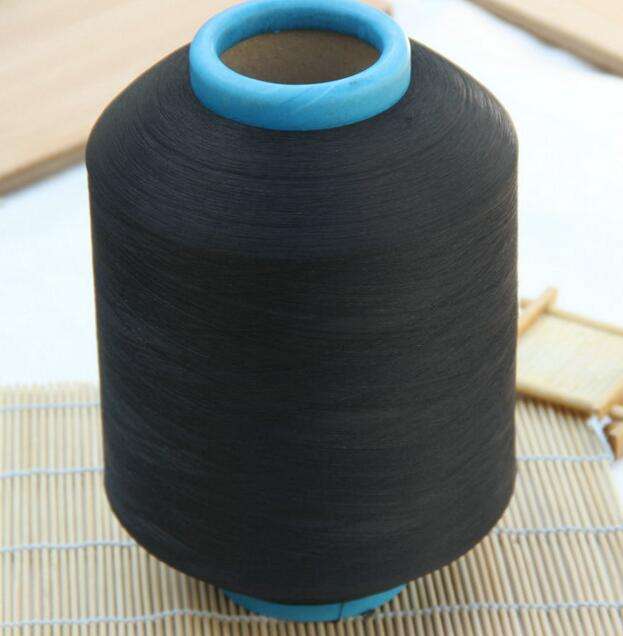What are the performance advantages of nylon?
Nylon is a term for polyamide fiber (nylon), which can be made into long or short fibers. Nylon is the trade name for polyamide fiber, also known as Nylon. Nylon is mainly used for synthetic fibers, and its most outstanding advantage is that its wear resistance is higher than all other fibers, 10 times higher than cotton and 20 times higher than wool. Adding some polyamide fibers to blended fabrics can greatly improve its wear resistance; When stretched to 3-6%, the elastic recovery rate can reach 100%; Can withstand tens of thousands of twists and turns without breaking.
The functional advantages of nylon are as follows:
1. Strong and wear-resistant, ranking first among all fibers. Its wear resistance is 10 times that of cotton fiber, 10 times that of dry viscose fiber, and 140 times that of wet fiber. Therefore, its durability is excellent.
2. Poor ventilation and breathability, prone to static electricity.
3. Nylon fabric has good moisture absorption among synthetic fiber fabrics, so clothing made of nylon is more comfortable to wear than polyester clothing.
4. Has outstanding resistance to decay and corrosion.
5. Nylon fabric has excellent elasticity and elasticity recovery, but it is prone to deformation under small external forces, so its fabric is prone to wrinkling during wearing.

6. The heat and light resistance are not good enough, and the ironing temperature should be controlled below 140 ℃. During wearing and use, attention should be paid to washing and maintenance conditions to avoid damaging the fabric.
7. Nylon fabric is a lightweight fabric and is only listed after polypropylene and acrylic fabrics in synthetic fiber fabrics. Therefore, it is suitable for manufacturing hiking clothes, winter clothing, etc.
Twisting is the process of winding raw silk into a thread. For example, a thread is composed of 24 threads, which need to wrap around each other to make the thread stronger and more delicate. The tighter the thread is wound, the higher the twist, and the woven fabric is relatively tight, with good drape and fastness. If it is not twisted, it means there is no threading, the threads are not wrapped together, the fabric surface is loose, the drape is poor, and the fastness is poor.
Nylon twisting is mainly aimed at increasing its strength and elasticity by adding twist to its long filaments. With the miniaturization of cars, the high functionality of electronic and electrical equipment, and the acceleration of lightweight mechanical equipment, the demand for nylon will be higher and greater. Nylon twisted yarn is suitable for knitting machines, including all fields of textiles.
Article source: Nylon colored yarn
-
05-27
The reason why fabrics containing spandex are prone to yellowing
Spandex is a commonly used fiber variety in our daily lives, characterized by good elasticity, low fineness, high elastic modulus (cracking elongation can reach 400-800), and low specific gravity. Spa
-
04-24
Colored non dyed nylon with synthetic fiber raw material
The current conventional fiber coloring mostly uses yarn dyeing method, which has long process, high loss, high cost, and the product has color difference and low color wash fastness. Yarn is prone to
-
03-26
What are the characteristics of non dyed spandex?
Non dyed spandex has also been widely used in recent years. Non dyed spandex fiber can be blended with fibers such as nylon, polyester, acrylic, cotton, wool, etc., which can give fabrics excellent el
-
02-24
The influence of yarn structure on fabrics
The basic characteristics of yarn include its appearance and shape, twisting characteristics, fiber transfer and distribution characteristics in the yarn, as well as the surface fuzz and internal loos
